Playing “I Spy” at the Colorado State Capitol
Visiting about a state’s history is one of our favorite activities and whenever we’re in a capital city, we make time to tour the state Capitol complex. The buildings are architecturally beautiful and the guides are usually enthusiastic, knowledgeable, and engaging. To date, we have toured capitol buildings in Massachusetts, Connecticut, Rhode Island (#5), New York, Pennsylvania, Maryland, Wyoming, Colorado and Arkansas (#6). On our summer 2021 road trip, we spent the day in Denver (we were in town primarily to see the Rockies) and made time for a tour of the Capitol.
At one time, Denver was the second largest city in the West (behind San Francisco) and was part of the Gold Rush of the 1860s. Originally, what is now considered the state of Colorado was part of the Kansas, Nebraska, Utah, and New Mexico territories. In 1861 Colorado was declared a territory and became the 38th state in America. At first, Colorado City and then Golden were declared state capitals until 1867 when Denver became the permanent state capital. Construction on the Capitol building started in 1886, was completed enough for the building to be occupied in 1893, and then fully operational in the early 1900s. The building was designed on an axis in the form of a Corinthian Cross and closely resembles the design of the Capitol in Washington, D.C.
Travel Tips:
Free, guided tours are offered several times from 10am-3pm on weekdays, with more tours offered during peak summer month. Self-guided tours are allowed from 9am-5pm. More information on hours here. Reservations are accepted on the day of tours. Information on special themed tours here.
- Guests should enter the building via the north entrance (Colfax Avenue and Sherman Street), first floor. This does require walking up stairs. A handicap accessible entrance is available via the ground level of the south entrance (14th Avenue and Sherman Street). All tours leave from the Visitor Services desk on the first floor north wing.
On street, metered parking is available on adjacent streets; there is a parking garage located across the street. More information on parking garages here.
All stops on the tour are handicap accessible via elevators except for the Dome.
Restrooms, a cafeteria, and small gift shop are located on the basement level. The Capitol Cafe serves breakfast, lunch, snacks, and drinks.
Plan on 60-75 minutes for a full tour, including climbing to the Dome.
15 Things to Find at the Colorado State Capitol:
- The Centennial Tapestry, collectively made by over 3,500 women to honor America’s birthday in 1976. It took two years to complete and includes several iconic Colorado plants, animals, and places, as well as honors the sacrifices made by women in Colorado.
The East and West Hall of Governors portraits (scan the QR code to read the biographies of each governor).
- The consistent pattern of materials for the building: concrete floors covered in marble from a quarry in Colorado, and a unique Colorado rose onyx used on the lower portions of the walls, used as a sort of wainscoting. To date, the only place this onyx was used is in the Capitol and none has been found since the building of the Capitol. Look for images etched in the stone that resemble famous people like George Washington!
- The state seal displayed on every doorknob of the Capitol.
- The Colorado state flag, with the symbolism of the colors blue (for the mountains and sky), white (for the snowcaps), red (for the sandstone), and gold (for the 300 days a year that it is sunny in Colorado)
6. Eight rotunda murals, painted in 1940, that visually tell the story of the importance water has to Colorado industries, communities, and people.
7. Various stained glass portraits, located throughout the second and third floors of the Capitol. The Colorado Hall of Fame includes 16 individuals who had a significant impact on the state, including Emily Griffith, the founder of the Opportunity School in Denver.
8. The original Supreme Court Chamber, with several stained glass “Heritage Windows” memorializing important Coloradans. Justices heard cases in this chamber until 1977 and then moved to a separate building across the street.
9. Portraits of every American president, most of which were painted by artist Lawrence Williams, hanging in the 3rd floor rotunda gallery. Williams painted every president from Washington to Clinton, and the most recent portraits were completed by Sarah Boardman.
10. The original desks still in use in the House of Representatives Chambers. There are 65 representatives, elected for 2 year terms. Note the filing cabinets that stand in place of the former spittoons in both the Senate and House Chambers (they are being phased out as both the Senate and House are going “paperless” and all bills will be reviewed electronically). Both the House and Senate Chambers were restored in the 2010s to their original style with the House chambers painted green and the Senate chambers painted red to honor British Parliamentary patterns.
11. The desks, missing the voting buttons, in the Senate Chamber. The 35 senators serve 4 year terms (overlapping) but choose to vote by voice or hands and not electronically. The desks are also raised to account for the increase in height of people throughout the years.
12. The 255 carnival style lightbulbs surrounding the Senate Chamber. While they were in use for a long time, they were discontinued in 1930 and are now just decorative. There are also 10 stained glass windows in the Senate chamber to honor various dignitaries.
13. Mr. Brown’s attic, with exhibits of photographs of the history of Colorado.
14. Ninety nine stairs to the Dome of the Capitol. Be sure to circle the dome and read about influential governmental officials and people associated with history of Colorado. Beautiful views of the city afford guests the chance to see the City and County Building and the Rocky Mountains.
15. Brass markers to signify the 1 mile above sea-level point of the Capitol, located on the front steps. There are three separate markers as a result of three different measurements taken in 1909, 1969, and 2003.
Looking for our adventures at other state Capitols? Check out our posts featuring the Capitol buildings in Wyoming, Massachusetts, Rhode Island, Connecticut, New York, Pennsylvania, Maryland, Arkansas, and Colorado. And follow along on our adventures on Instagram, Facebook, Twitter, and Pinterest.

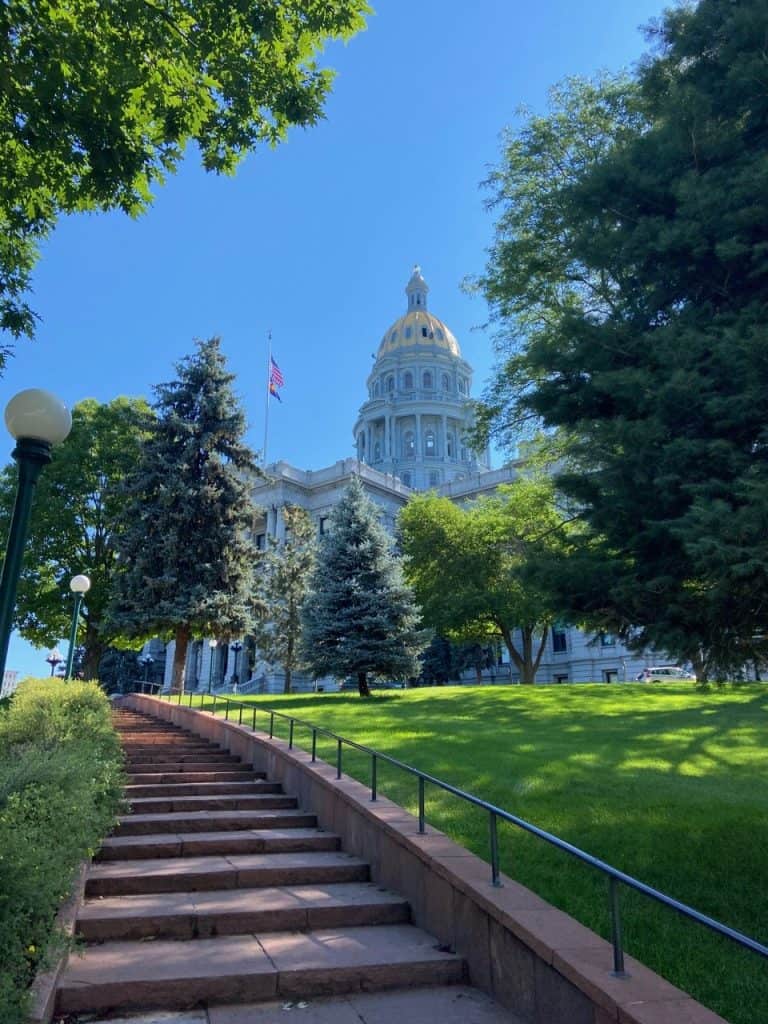

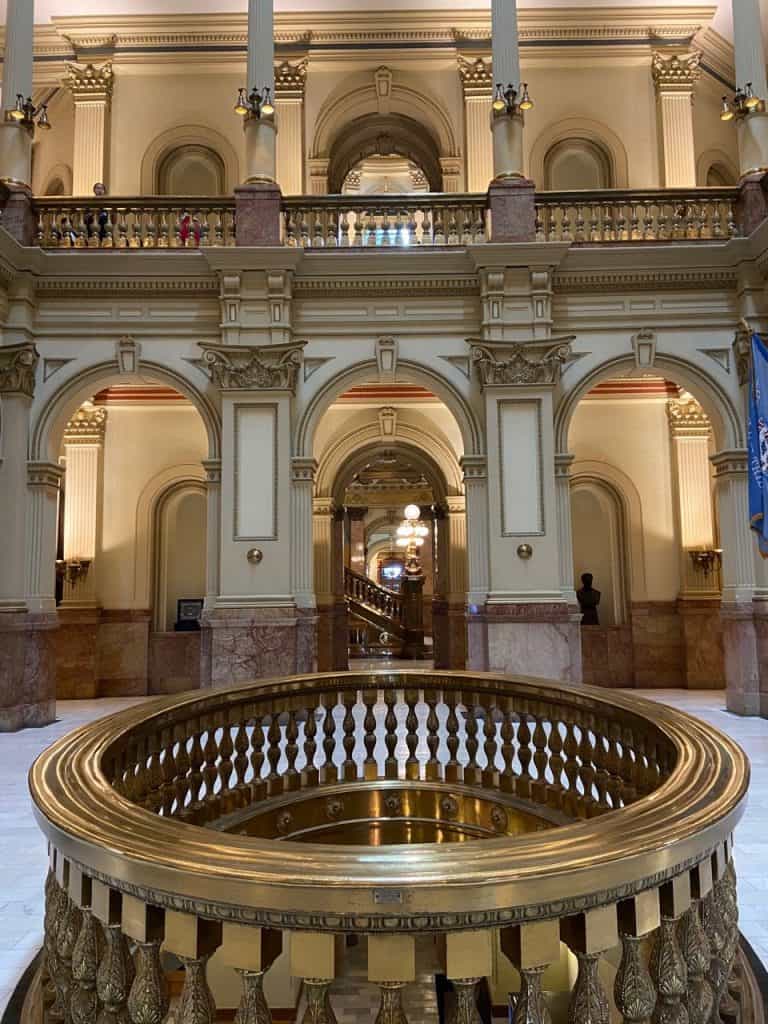
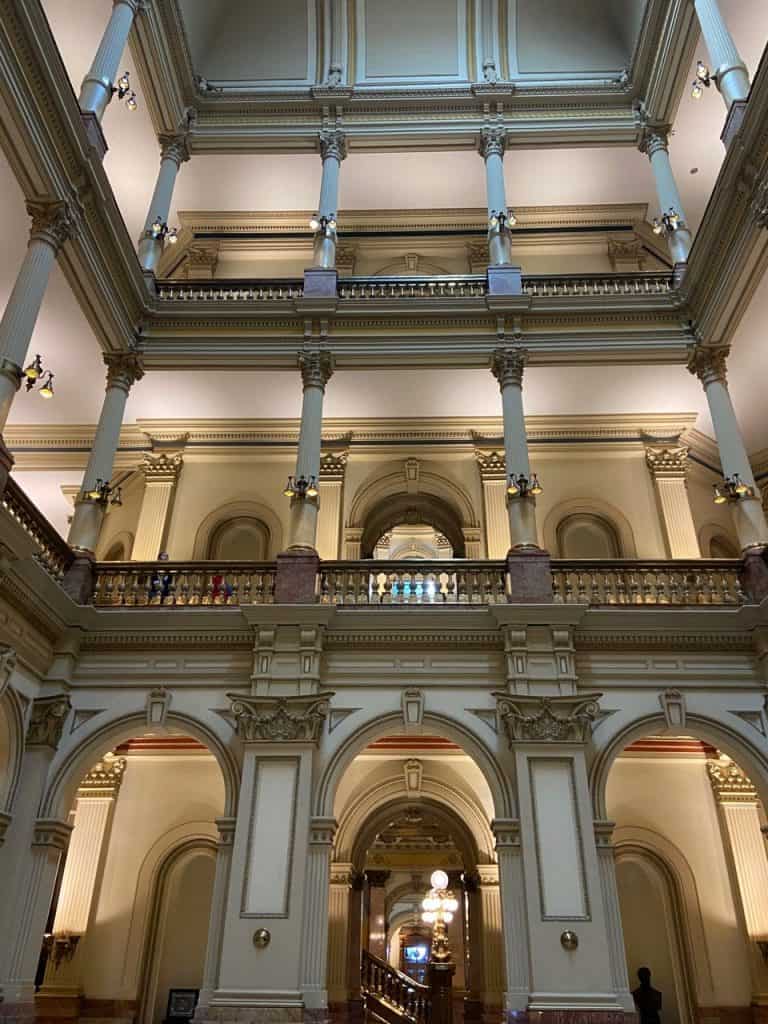








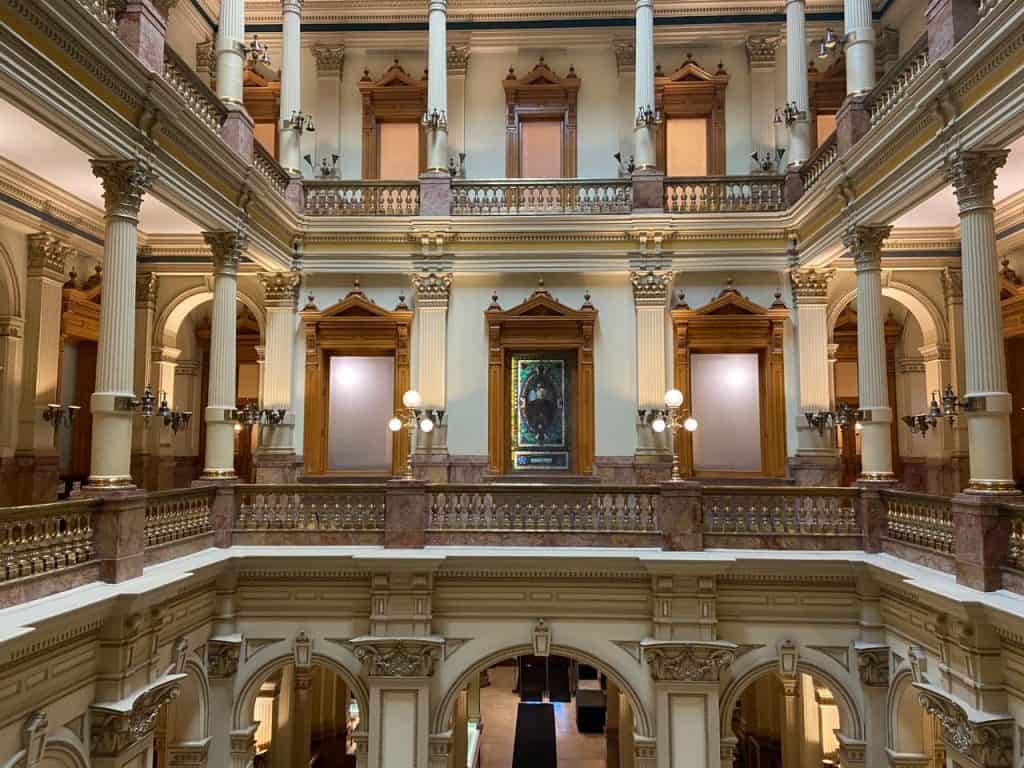


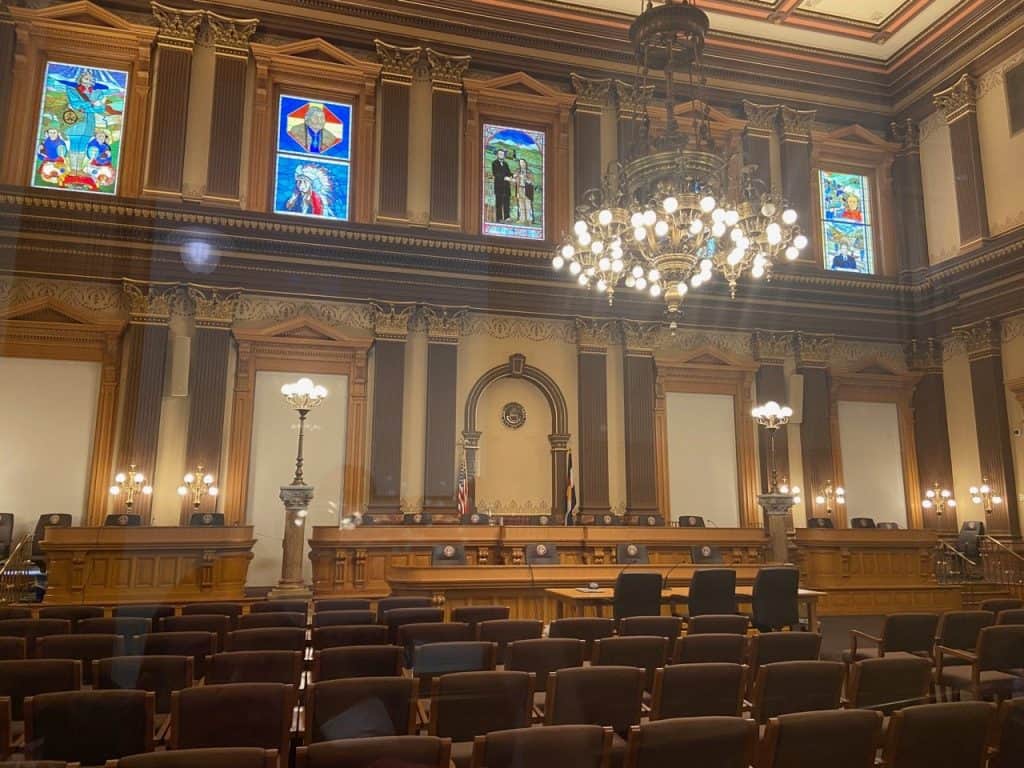

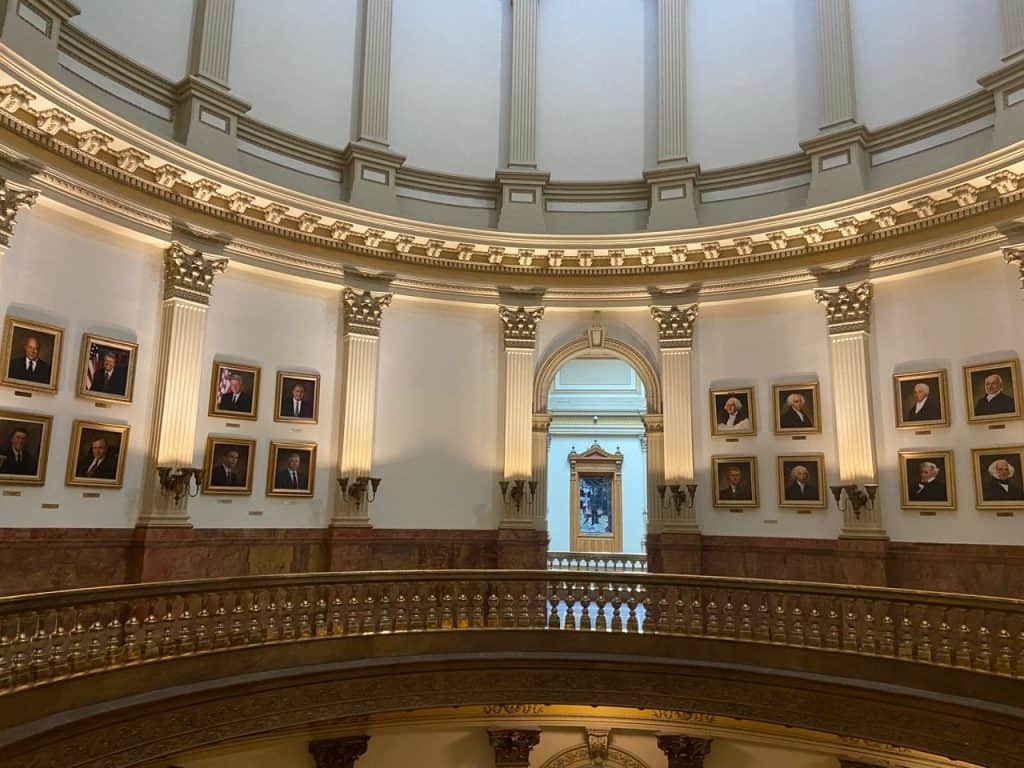
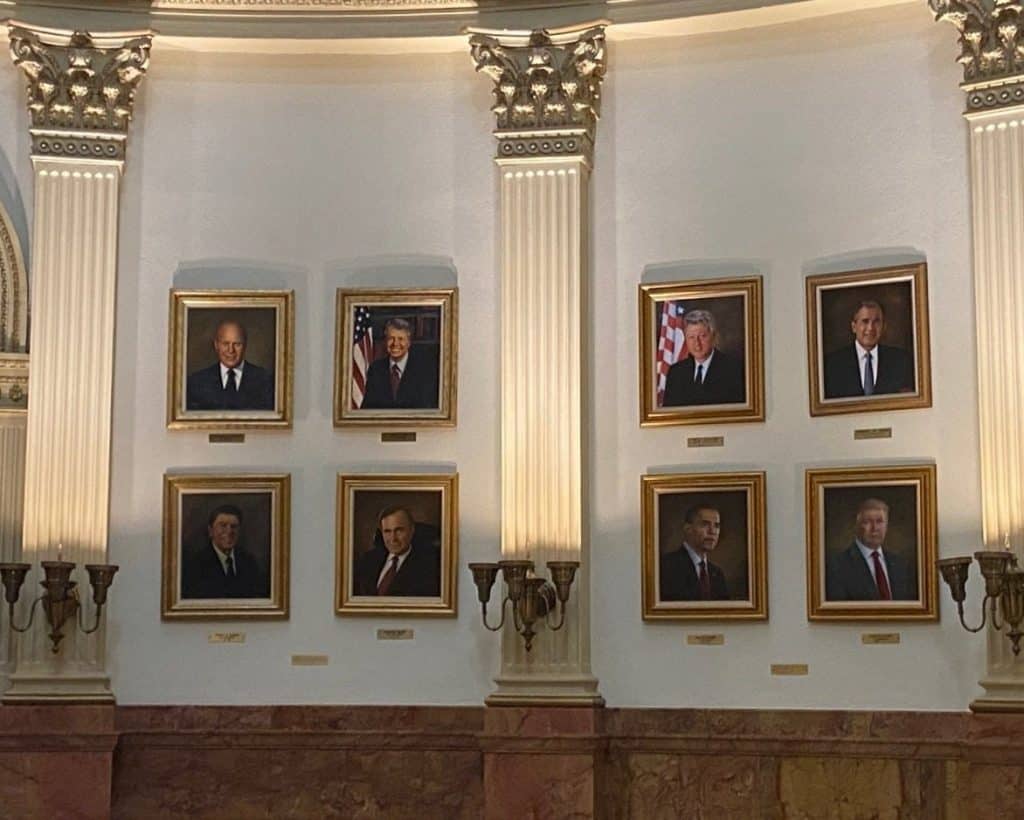
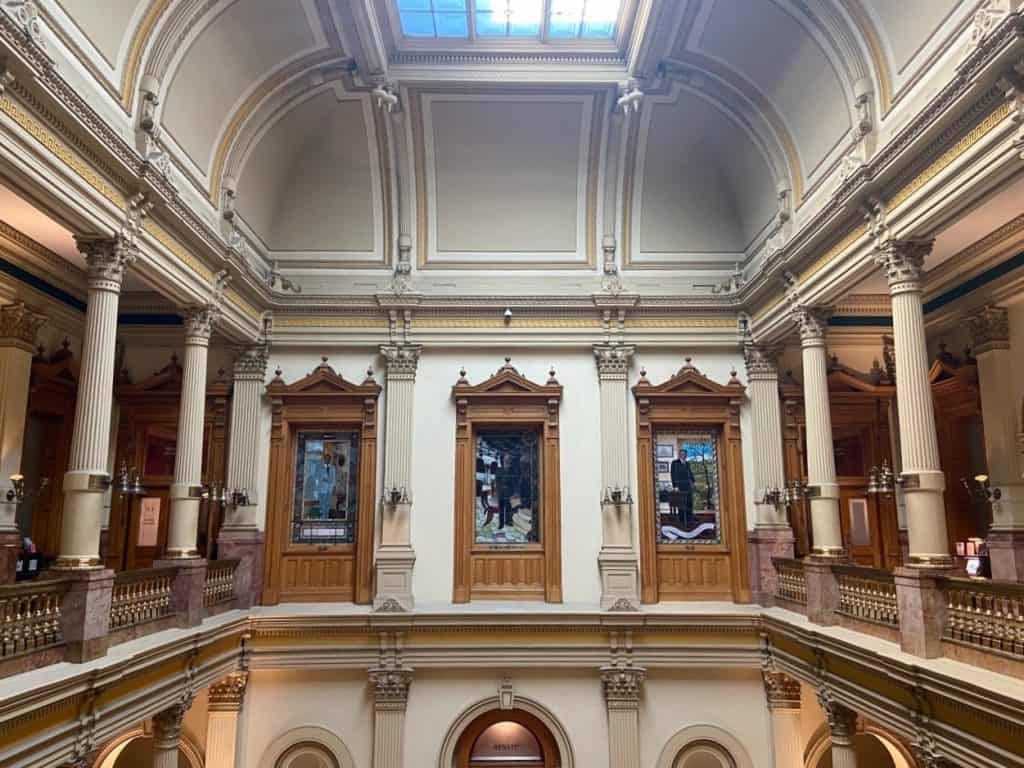










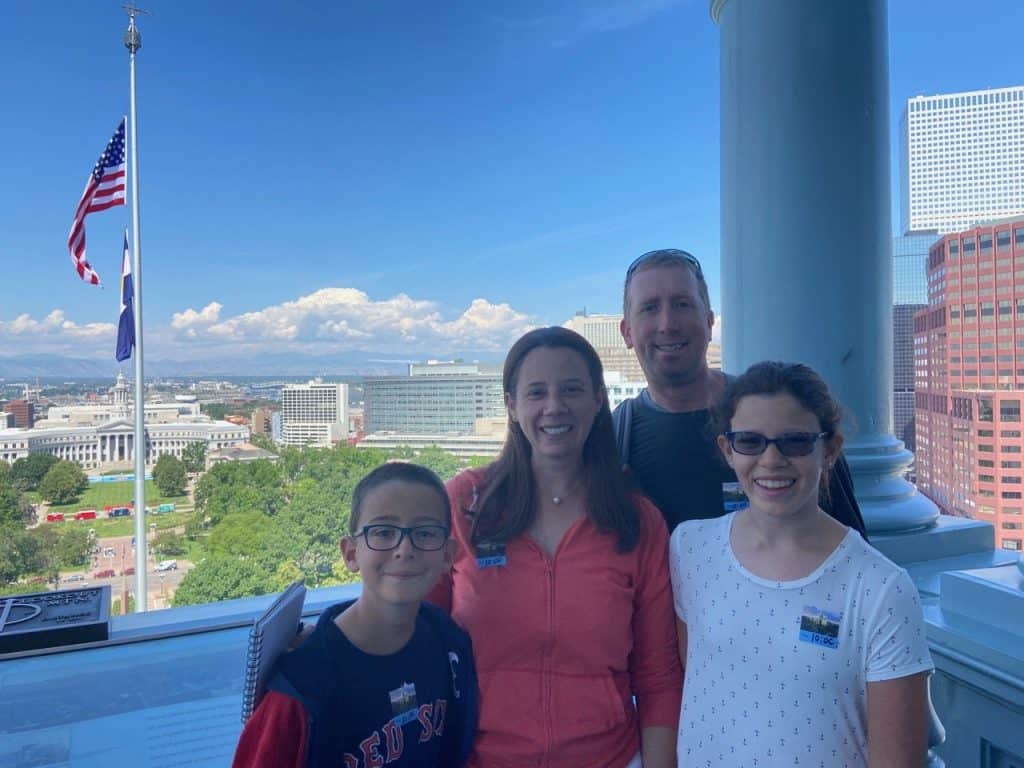
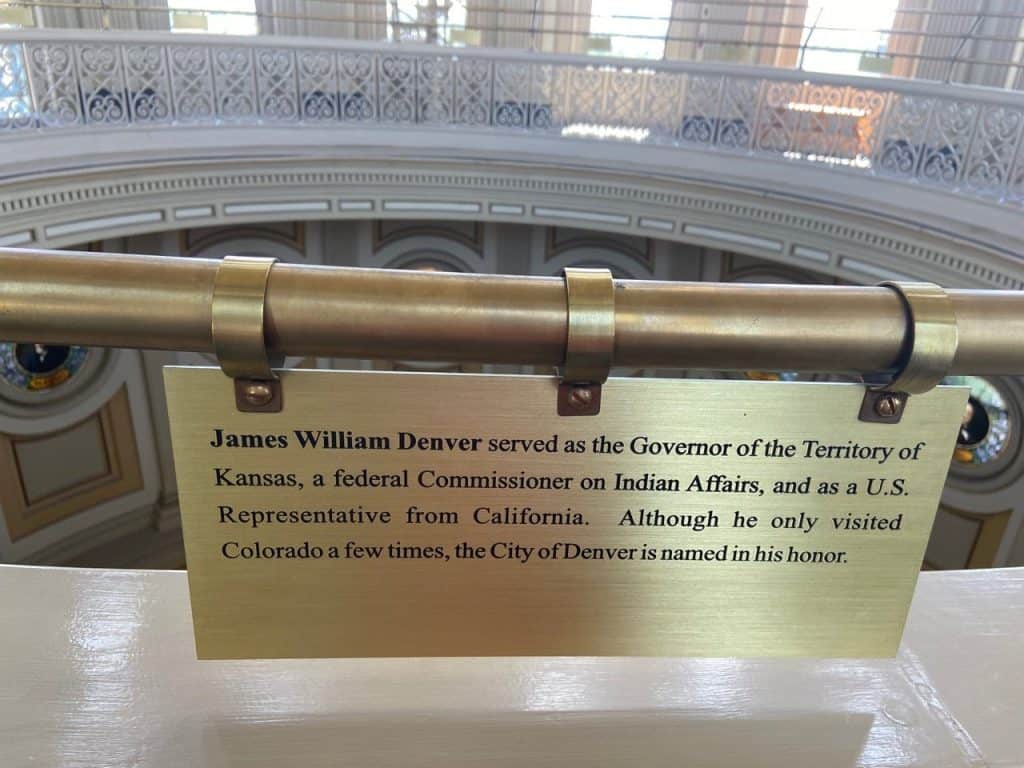
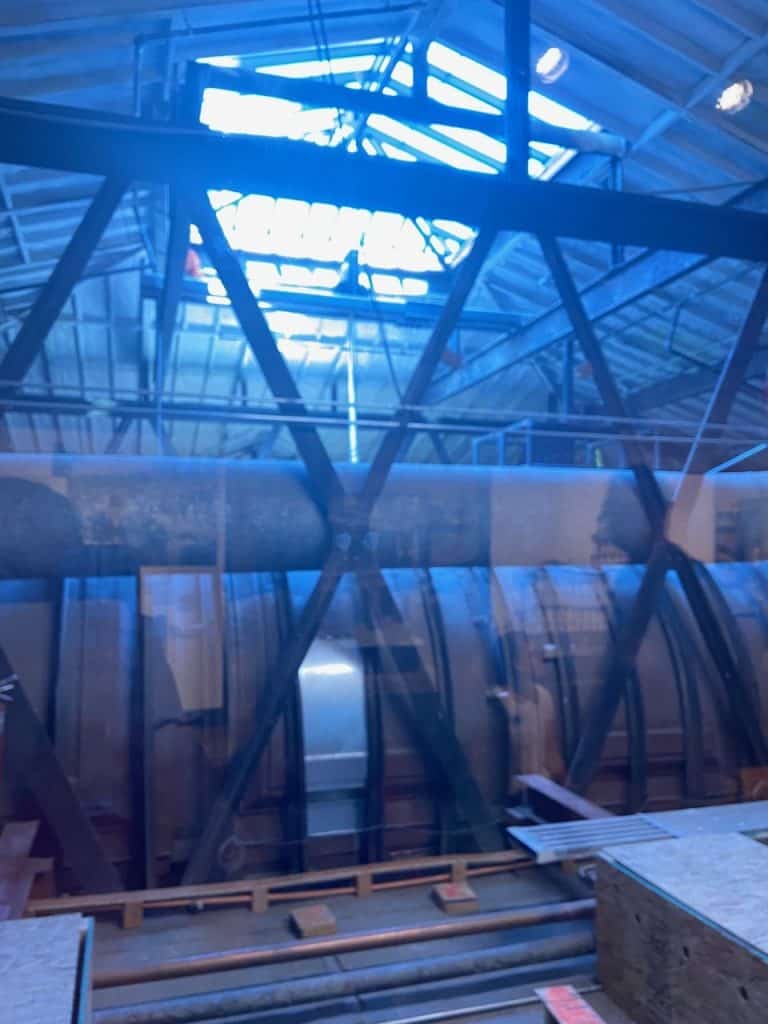




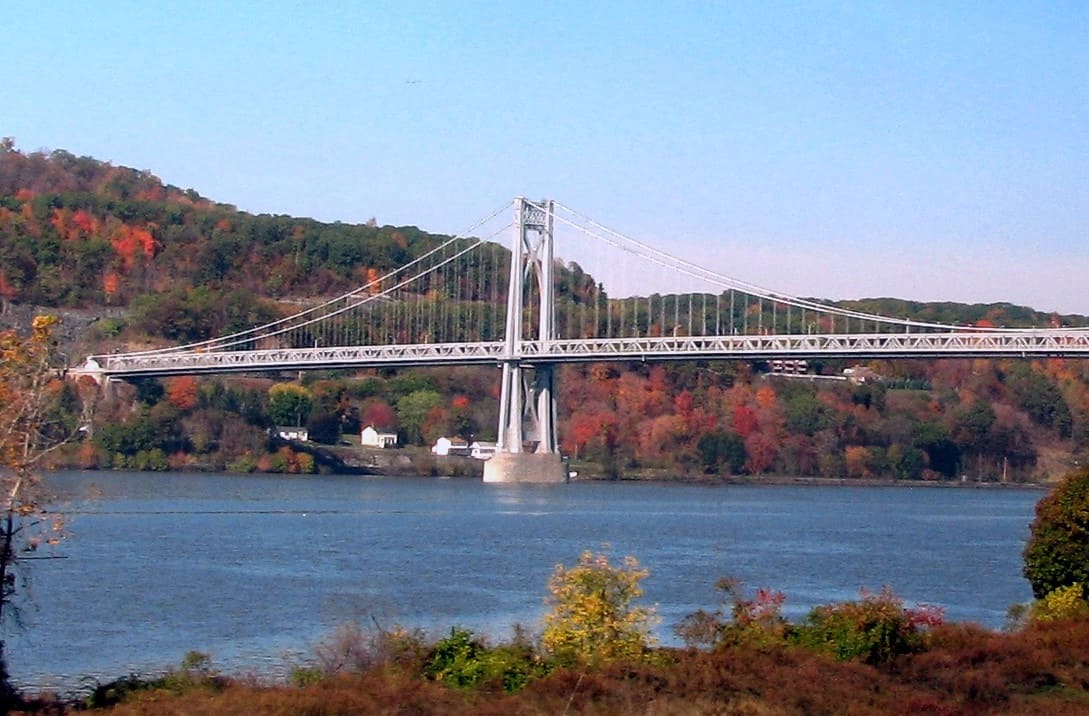




What a great place to explore! So much history and your photos are beautiful. I would love to take my son here one day. It would be a fun family outing!
Maureen | http://www.littlemisscasual.com
Love reading about other places in the world especially when I am so far from you! Thanks for this interesting post!
Such wonderful memories and experiences for your family. I don’t travel well anymore. I’m living vicariously through you. My favorite for this stop was the tapestries.
Angel
Embracing Change
Wow this is amazing! What a beautiful building! Great photos and information! I need to visit some of these types of buildings! I love that your children love this type of travel and learning, they always look like they are having the best time!